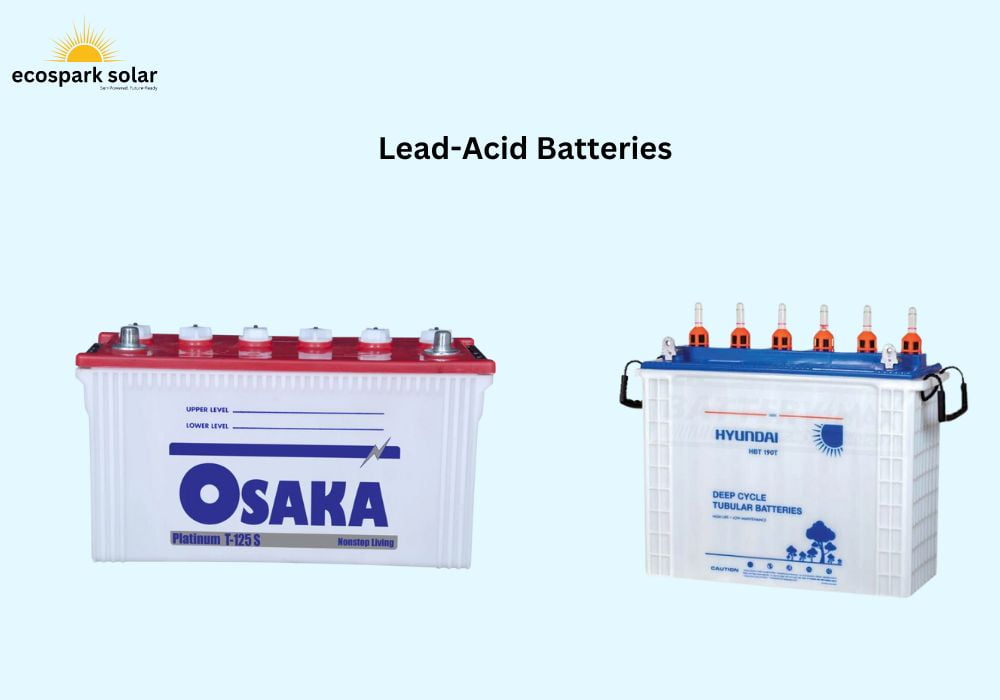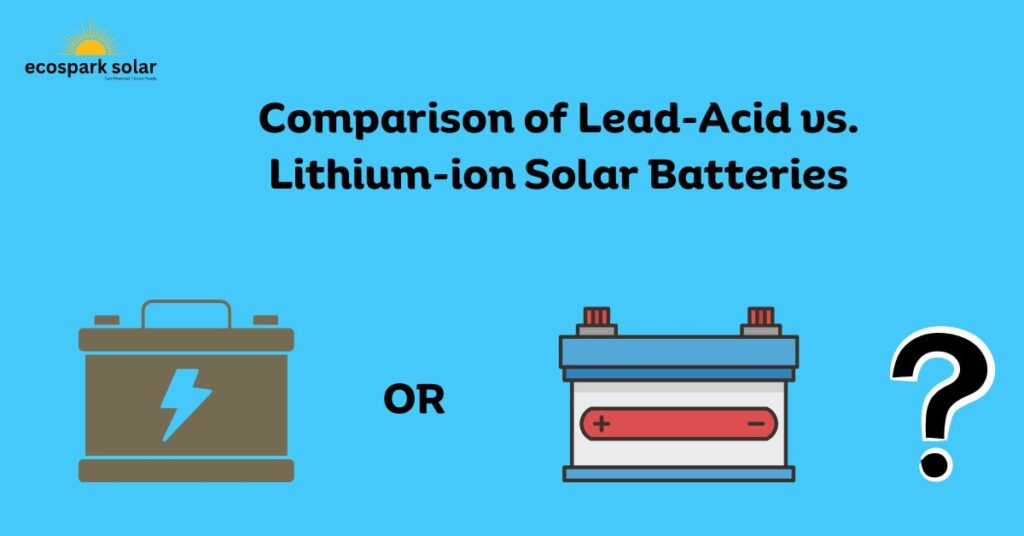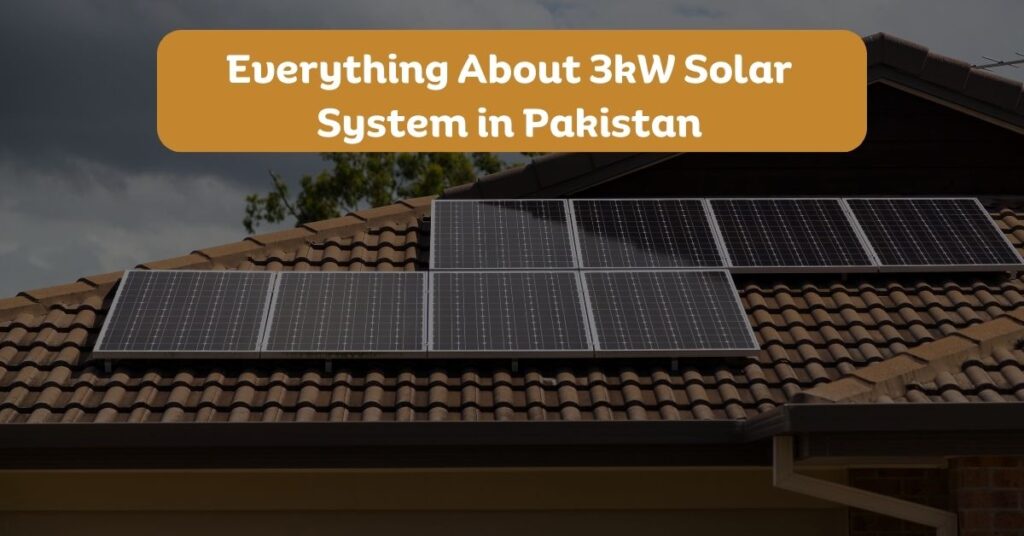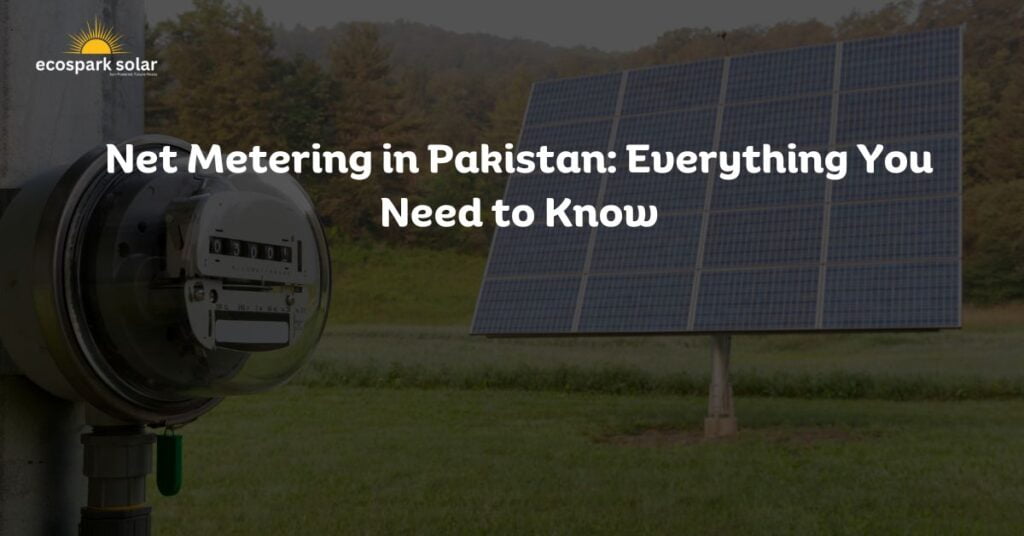There are many types of solar batteries in Pakistan, but the question of which to install usually boils down to lead-acid vs. lithium-ion solar batteries. “Which solar battery should I choose?” will be the question you may have asked yourself or other energy experts in the process of going solar.
And rightly so—it’s a difficult option, as both kinds of batteries come with each their own advantages and disadvantages. For one homeowner, the lead acid option would make perfect sense. But for another different homeowner, lithium-ion technology would be more suitable.
If you are still unclear, do not worry.
In this article, we will take a look at everything that is different—or similar—in these two types of energy storage technologies.
Lead-Acid and Lithium-ion Solar Batteries: A Brief Overview
Lithium-ion and lead-acid batteries are two major battery technologies that solar systems are usually coupled with. Before we discuss their advantages and disadvantages, let’s take an in-depth look at batteries, how they function, and where they are used the most.
Lead-Acid Battery
A lead-acid battery is a type of battery that uses lead and sulfuric acid to make electricity. Lead acid batteries are the oldest type of rechargeable batteries, which have been in existence for more than 150 years. Since the invention of 1859, this technology has been tested and developed, making it the most accessible battery available anywhere.
Most of the batteries found in vehicles in Pakistan are lead-acid batteries—they are also most often coupled with uninterrupted power supply (UPS) systems.

Types of Lead-Acid Batteries
There are two main types of lead-acid batteries: flooded and sealed.
- Flooded lead-acid (FLA) batteries are the most common type of lead-acid battery. They have open cells that are filled with a liquid electrolyte. The electrolyte is a mixture of sulfuric acid and water. Flooded batteries require regular maintenance, such as adding water to the cells, to compensate for evaporation.
- Sealed lead-acid (SLA) batteries are also known as maintenance-free lead-acid batteries. They have sealed cells that do not require the addition of water. Sealed batteries are more expensive than flooded batteries, but they require less maintenance.
Lithium-ion Solar Battery
A lithium-ion battery is a type of rechargeable battery that uses lithium ions to store energy. It’s a relatively new technology that employs a different chemical formula than its counterparts made of lead acid. They first came into use in the 1970s. However, they became popular among solar users just at the beginning of 2010 due to their superior energy density, higher efficiency, and longer lifespan.

Li-ion batteries are the most common type of rechargeable battery used in portable electronic devices, such as laptops, cell phones, and digital cameras. Lithium-ion batteries are also used in electric vehicles and some grid energy storage applications. As far as solar is concerned, it is the most recommended type of battery to pair with your system.
You May Like to Read: Factors to Consider While Choosing a Solar Battery?
Lead-Acid vs. Lithium-ion Batteries for Solar: How Do They Compare?
In this section, we will talk about everything that matters to you when it comes to choosing batteries for your solar system. Once you go through all the specifics, it will be easier for you to make a choice.
Cost of Lead-Acid vs. Lithium-ion Batteries
The first thing to consider is the cost of the battery. Lead-acid Batteries are less complicated and easier to manufacture and, therefore, cost less. In the lead-acid category, if you choose flood lead-acid batteries (FLA), they’re cheaper in comparison to sealed lead-acid (SLA) batteries.
Lithium-ion batteries, on the other hand, cost more.
If, for instance, you plan to install a 10 kW solar system and want to install 800AH batteries for a hybrid solar setup, then the price you are expected to pay will be around:
- PKR 200,000 to 300,000 for lead-acid batteries—it could be any battery bank, such as Osaka, AGS, Daewoo, Exide, etc.
- If you opt to use lithium-ion batteries, the initial cost increases to about PKR 600,000 – 900,000, three times the cost of a battery made of lead.
So, what do you think?
It seems that lead acid is the best choice to make sense, wouldn’t it? But that may not always be the case. Head on to the next section—lifespan—to better understand how much the energy storage system would cost you in the long run. It will help you stay in an ideal place to make a decision by weighing the cost.
You May Like to Read: How Much Power Do Solar Panels Produce in Pakistan?
The Lifespan of Lithium-ion vs. Lead-Acid Batteries
Lead-acid batteries last 2 to 5 years and can last up to 7 years if maintained well. FLA batteries will require frequent maintenance. You need to replenish the water in order to maintain the balance. SLA batteries don’t require regular maintenance, which means that the lifetime cost would be less than FLA batteries.
Lithium-ion batteries have a warranty of 10 years and can be used for up to 15 years. Two of the top lithium battery makers, Tesla and Generac, provide 10 years of warranty on the solar battery they manufacture. The warranty guarantees that the battery will function effectively, and sometimes at 70% initial efficiency at the time of expiry, but that does not mean that the battery will be out of warranty after the warranty term.
Now, let’s see which can work for you.
If you choose to use lead acid batteries, you’ll require replacing the battery at least every three years. Or 5. However, it won’t last for more than 10 years. That means the cost of building a lead-acid battery could be doubled or tripled, i.e., PKR 600,000-900,000 over the course of the next 15 years. Add up the maintenance expenses, and the cost over the life of lead-acid batteries would be nearly equal to the lithium-ion batteries.
Thus, even though lithium-ion energy storage may cost more upfront when we look at the total cost associated with ownership cost, the difference could not be significant.
Read more about different battery brands available in Pakistan with their prices mentioned.
The conclusion? If you can afford lithium-ion upfront, do not give a second thought to lead-acid batteries.
| Factor | Lead Acid Battery | Lithium-ion Battery |
| Cost | Less expensive | More expensive |
| Lifespan | 3-5 years | 10-15 years |
| Capacity | 100-200 amp-hours | 200-500 amp-hours |
| Energy density | 30-40 watt-hours per kilogram | 100-200 watt-hours per kilogram |
| Depth of discharge | 50-80% | 80-90% |
| Roundtrip efficiency | 80-85% | 90-95% |
| Charging rate | Slow | Fast |
A solar system for everyone.
We’re customer-centric; we will find you a solution within your budget. Whatever your project size, you can always save with Ecospark Solar.
Capacity of Lead Acid and Lithium Ion Solar Batteries
The capacity of a particular battery means the amount of power the battery is able to store. Both lead-acid and lithium-ion batteries have different capacities.
Lead-acid solar batteries have a capacity rating of 30-200 amp-hours (Ah) or 0.36-2.4 kilowatt-hours (kWh). Lithium-ion batteries have a capacity rating of 200-500 Ah, or 2.4-6kWh. This means that lithium-ion batteries can store more energy than lead-acid batteries. For example, a lithium-ion battery with a capacity of 200 Ah can deliver a current of 1 A for 200 hours or a current of 10 A for 20 hours.
Some lithium-ion solar batteries have a capacity of more than 10kWh, such as the Tesla Powerwall, which has a capacity of 14kWh. That is, they can supply 14kW power an hour.
Energy Density of Solar Batteries
Energy density is the amount of energy a battery can store in a specific physical space. It is related to capacity, but it adds a condition: In how much physical space the battery can hold a specific amount of power.
Lithium-ion batteries have a higher energy density than lead-acid batteries. This means that lithium-ion batteries can store more energy in a smaller space. For example, a lithium-ion battery with an energy density of 125 Watt-hour per liter (Wh/L) can store the same amount of energy as a lead-acid battery with an energy density of 50Wh/L in half the space.
You May Want to Explore: How to Size a Solar System for Your Home?
Depth of Discharge (DoD)
DoD refers to the percentage of a battery’s capacity that can be safely discharged. Flooded lead-acid batteries typically have a DoD of around 50%. You can’t discharge them more than 50%, and if you do so, the performance and lifespan of the battery may be compromised.
The DoD of Sealed lead acid batteries can touch 75%, while lithium-ion batteries can typically be discharged to 90-95%. This means that lithium-ion batteries can be used more efficiently than lead-acid batteries.
While sizing the energy storage system for your solar setup, DoD is singularly the most important thing we look at and take into account.
Roundtrip Efficiency of Li-on vs. Lead-Acid Batteries
Roundtrip efficiency, simply called efficiency, is the percentage of energy that is stored in a battery that can be retrieved when the battery is discharged. For instance, if the efficiency of a battery is 70%, it means that the remaining 30% of energy is either lost or consumed by the battery’s operating system. You can only use 70% and not more than that.
Lithium-ion batteries have a higher roundtrip efficiency than lead-acid batteries. To be specific, lead-acid batteries have a round-trip efficiency of 65-80%. In contrast, the efficiency of a Li-ion battery can be as for as 95% and at least 80%. This means that lithium-ion batteries waste less energy when they are charged and discharged.
That said, it’s important to note that these figures can vary depending on the type of lead acid or lithium-ion battery being used, how well the battery is maintained, and how it is used. Factors such as temperature, depth of discharge, and charging and discharge rates can also affect a battery’s round-trip efficiency.
Charging Rate of Lead-Acid vs. Lion Solar Batteries
The charging rate is the amount of time it takes to fully charge a battery. Lithium-ion batteries can be charged faster than lead-acid batteries. This is important for applications where the battery must be charged quickly, such as off-grid solar systems.
Which Solar Battery is Best for Me?
Choosing the best solar battery depends on your specific requirements and priorities.
Overall, lithium-ion batteries have several advantages over lead-acid batteries, including:
- Higher capacity
- Higher energy density
- Higher DoD
- Higher roundtrip efficiency
- Faster charging rate
However, lithium-ion batteries are also more expensive than lead-acid batteries. The best type of battery for a particular application will depend on the specific requirements of that application.
Here are some factors to consider:
- If you have a limited budget and require a battery for short-term applications, lead acid batteries may be a suitable choice due to their lower cost
- Lithium-ion batteries will be a better option if you are looking for a long-term solution with a higher energy density, longer lifespan, and faster charging rate.
- Consider the space available for battery storage. Lithium-ion batteries, with their higher energy density, can provide more power in a smaller footprint if space is limited.
- Evaluate your energy consumption patterns and the depth of discharge required. If you need to discharge the battery to a lower level, lithium-ion batteries can handle this better without affecting their lifespan.
Lead-Acid vs. Lithium-ion Solar Batteries: A Recap
In conclusion, lead-acid and lithium-ion batteries have advantages and disadvantages. While lead-acid batteries are cheaper and have been widely used, lithium-ion batteries offer higher energy density, longer lifespan, and faster charging rates. Ultimately, the best solar battery for you will depend on your specific needs, budget, the type of inverter used, and your priorities.
Remember to consult with solar energy experts or battery suppliers to determine the most suitable battery for your solar panel system in Pakistan.
If you are going solar, Ecospark Solar is the place where you can make the most of your solar system. It’s because we are not a conventional installer—we remain committed to sustainable energy solutions and strive to surpass customers’ expectations in their journey toward solar.



